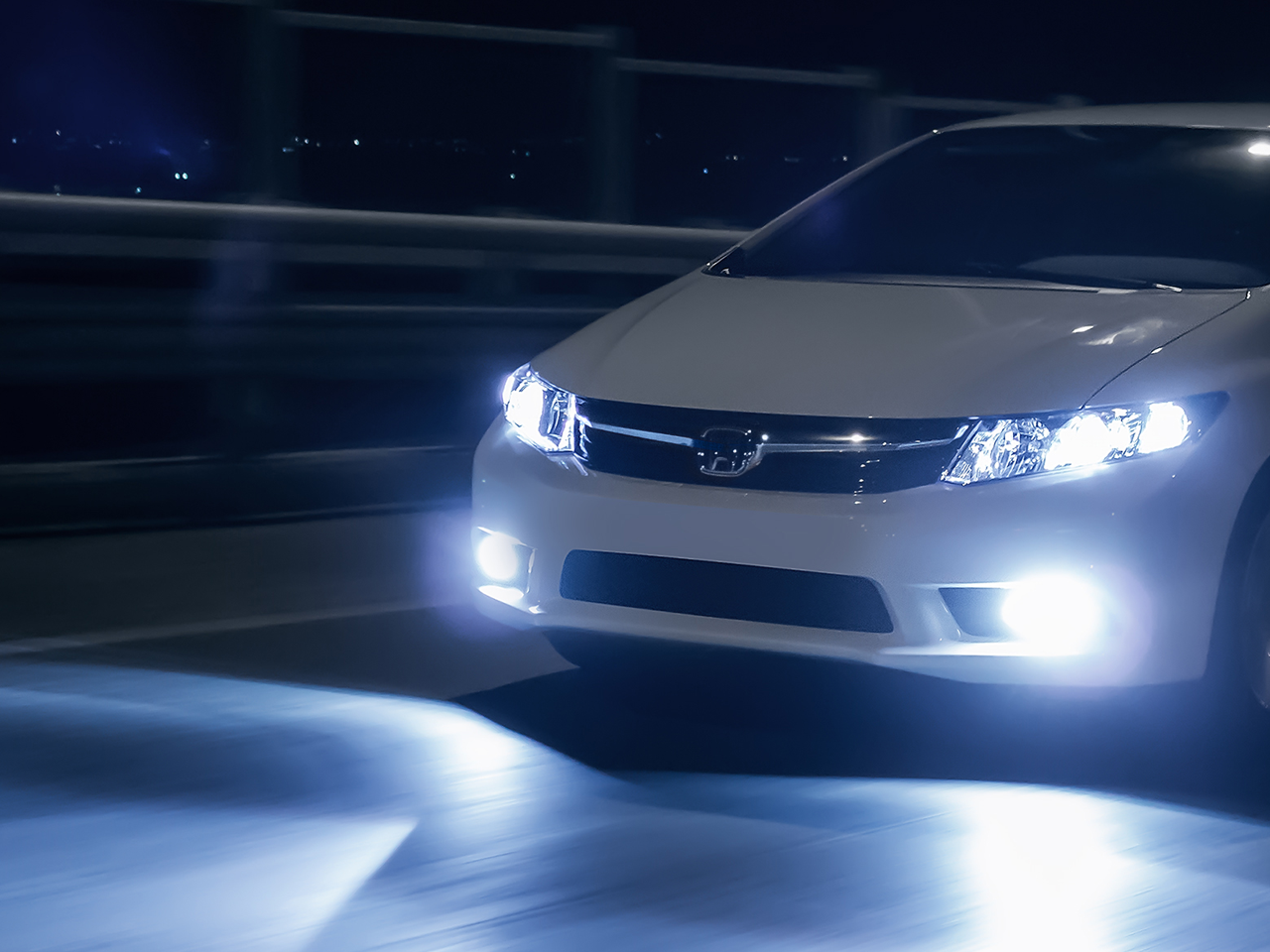Sure, here’s a couple of introductory paragraphs for your article:
Driving lights are an essential component of any vehicle, providing a source of illumination that is crucial for safe and efficient travel. In recent years, LED driving lights have emerged as a game-changer in the automotive industry, offering a powerful and energy-efficient lighting solution. The shift from traditional halogen lights to LEDs has revolutionized the way we illuminate the road, enhancing visibility and improving overall driving experience. In this article, we will delve into the world of LED driving lights, uncovering their benefits, functionality, and the reasons behind their growing popularity among drivers globally. So buckle up, as we prepare to shed light on the illuminating power of LED driving lights.
Advantages of LED Driving Lights
LED driving lights offer numerous advantages over traditional lighting options. They have quickly gained popularity in the automotive industry for their exceptional performance and energy efficiency. In this section, we will explore the key advantages of using LED driving lights.
-
Enhanced Visibility: LED driving lights provide superior brightness and visibility compared to conventional lights. Their intense and focused beams illuminate the road ahead, ensuring better visibility during nighttime driving or adverse weather conditions. With LED driving lights, drivers can feel more confident and secure on the road.
-
Energy Efficiency: LED driving lights are highly energy-efficient, consuming significantly less power compared to traditional lights. This is due to their use of Light Emitting Diodes (LEDs), which convert electricity directly into light with minimal energy wastage. The lower power consumption of LED driving lights translates to reduced strain on the vehicle’s electrical system and increased fuel efficiency.
-
Longevity and Durability: LED driving lights have a longer lifespan compared to other lighting options. They can last up to 50,000 hours or more, outperforming halogen or incandescent bulbs by a significant margin. LED driving lights are also highly resistant to vibrations and shocks, making them ideal for off-road adventures or bumpy terrains. With their durability and long-lasting performance, LED driving lights minimize the need for frequent replacements.
In conclusion, LED driving lights offer several advantages that make them a popular choice for vehicle lighting. Their superior visibility, energy efficiency, and long lifespan make them a reliable and cost-effective option. As technology continues to advance, we can expect even more advancements in LED driving lights, further enhancing their capabilities on the road.
Factors to consider when choosing LED driving lights
When it comes to selecting LED driving lights, there are several important factors to consider. These factors can greatly influence the performance and effectiveness of the lights, ensuring a safer and more enjoyable driving experience. From the brightness and beam pattern to the durability and installation requirements, each aspect should be carefully evaluated before making a purchase decision.
-
Brightness and Beam Pattern: One crucial factor to consider is the brightness of the LED driving lights. The brightness level is typically measured in lumens, and it determines how effectively the lights illuminate the road ahead. Higher lumens generally result in brighter lights, allowing for better visibility during nighttime or adverse weather conditions. Additionally, considering the beam pattern is important. Some LED driving lights offer a more focused beam, while others provide a wider spread of light. Depending on your specific needs and driving conditions, you may prefer one over the other.
-
Durability and Weather Resistance: LED driving lights are designed to endure various weather conditions and off-road environments. It is essential to ensure that the lights have the necessary durability and weather resistance features. Look for lights that are built with sturdy materials and have an IP rating. The IP rating indicates the lights’ resistance to dust and water intrusion. A higher IP rating means better protection against harsh elements, making the lights suitable for rigorous driving adventures.
-
Installation and Compatibility: Another important consideration is the ease of installation and compatibility with your vehicle. LED driving lights come in different sizes and designs, so it’s crucial to check if they are compatible with your vehicle’s mounting points. Additionally, some lights may require additional equipment or modifications for proper installation. Ensuring a hassle-free installation process can save time and effort. Reading user reviews and seeking professional advice can provide valuable insights into the compatibility and installation aspects of LED driving lights.
By carefully considering these factors, you can select LED driving lights that best meet your needs and enhance your driving experience. Remember, brighter lights, durability, and ease of installation are key aspects to focus on when making your decision.
Installation and Maintenance of LED Driving Lights
When it comes to installing LED driving lights, proper attention and care are essential to ensure optimal performance. The first step in the installation process is to gather all the necessary tools and equipment, including the LED lights, wiring harness, connectors, and mounting brackets.
Once you have all the components, begin by identifying the mounting location for the LED lights on your vehicle. Most LED driving lights come with adjustable brackets, allowing for flexible positioning. Ensure that the lights are mounted securely and align them properly to achieve the desired lighting angle.
Next, it’s crucial to connect the wiring harness to the vehicle’s electrical system. Locate a suitable power source, such as the vehicle’s battery or fuse box, and connect the positive and negative wires accordingly. It is recommended to use a relay and switch to control the LED lights, ensuring safe and efficient operation.
After the physical installation is complete, it’s important to perform regular maintenance to keep the LED driving lights in top condition. Inspect the lights periodically for any signs of damage, such as cracked lens or loose connections. Clean the lights using a mild detergent and a soft cloth to remove dirt and grime that may accumulate over time.
Additionally, check the wiring connections and ensure they are secure and free from any corrosion. Any loose or damaged wires should be repaired or replaced promptly to maintain proper electrical conductivity.
In conclusion, the installation and maintenance of LED driving lights require careful attention and adherence to proper procedures. By following these steps, you can enjoy the enhanced visibility and safety that LED driving lights provide while on the road.






